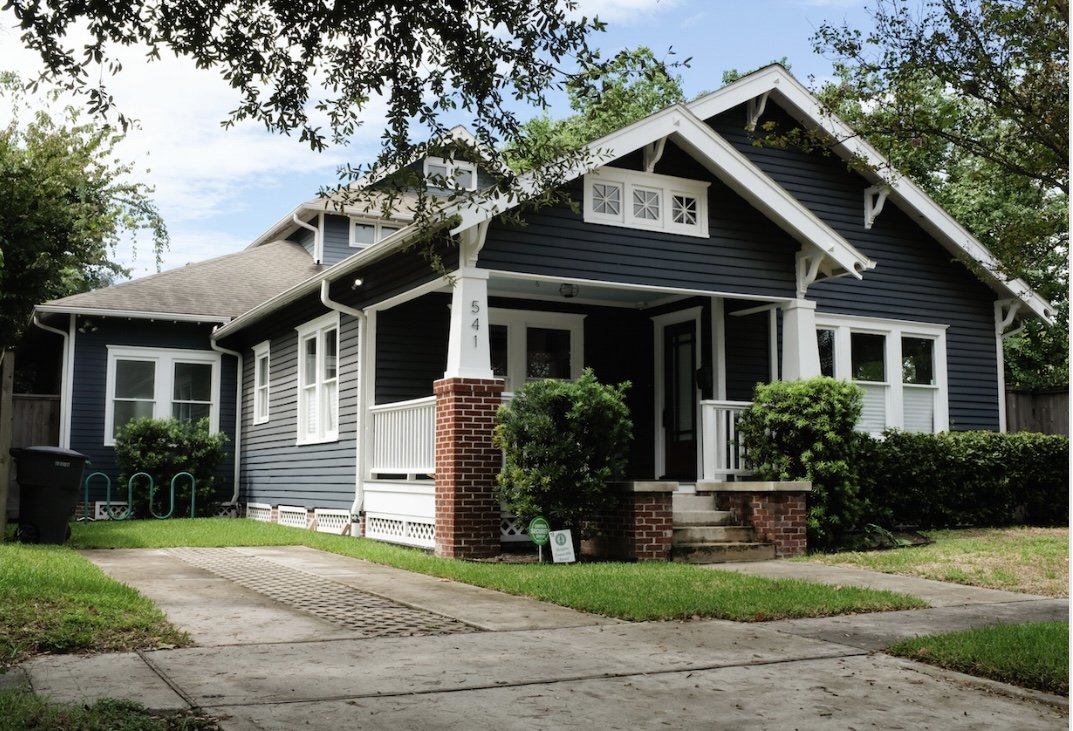
Text Link
Insights
October 12, 2025
Fixed-Price vs. Cost-Plus: Choosing the Right Builder for You

For most homeowners, the construction contract is one of the least exciting parts of building a home—but it’s also one of the most important.
The contract defines how your project is priced, how changes are handled, and how both you and your builder are protected. Choosing the right type of agreement can mean the difference between a smooth, predictable experience and a stressful one full of surprises.
At Bicycle Bungalows, we use Texas Association of Builders (TAB) contracts to ensure fairness, transparency, and compliance with state regulations. Here’s a breakdown of the most common contract types, how they work, and which approach we’ve found to be the best fit for most custom home projects.
1. Lump Sum (Fixed Price) Contracts
What it means:
You and your builder agree on a total price for the entire scope of work before construction begins.
Advantages:
- Predictable total cost
- Easier to budget for financing
- Builder assumes most cost risk
Challenges:
- Less flexibility for design changes
- Any alterations typically require a formal change order
Where it works best:
When design plans are complete, specifications are clear, and you’re confident in your selections.
At Bicycle Bungalows:
We primarily use fixed-price contracts for the majority of our new builds and remodels because they protect clients from unexpected costs while still maintaining a high standard of craftsmanship.
2. Cost-Plus Contracts
What it means:
The homeowner pays for the actual cost of materials and labor, plus an agreed-upon percentage or fee for the builder’s management and overhead.
Advantages:
- Flexibility to make design changes mid-project
- Transparent documentation of costs and receipts
- Suitable for complex or evolving designs
Challenges:
- Final cost is unknown until completion
- Requires high trust and frequent communication
At Bicycle Bungalows:
We use cost-plus arrangements selectively—usually for fluctuating items such as framing materials, trim carpentry, or owner allowances—where market pricing changes frequently. It gives flexibility while maintaining fairness.
3. Guaranteed Maximum Price (GMP)
What it means:
A variation of the cost-plus model with an upper cost limit that the builder cannot exceed.
Advantages:
- Provides flexibility with a financial safeguard
- Shared accountability for managing costs
Challenges:
- Requires detailed tracking and documentation
- May include a contingency buffer built into pricing
Where it works best:
When you want cost transparency without risking open-ended expenses.
4. Time and Materials (T&M) Contracts
What it means:
You pay for actual time spent and materials used, often with a builder’s markup.
Advantages:
- Extremely flexible for undefined scopes (e.g., repair work or partial renovations)
- Straightforward accounting
Challenges:
- Least predictable total cost
- Requires ongoing involvement from the client to monitor hours and materials
Where it works best:
Small or uncertain-scope projects, not full custom builds.
5. Unit Price Contracts
What it means:
Pricing is based on specific measurable units—such as square footage of flooring or linear feet of trim.
Advantages:
- Easy to adjust quantities if the design changes
- Transparent pricing for specific components
Challenges:
- Doesn’t cover the complexity of full builds
- Useful mainly as a supplement to larger agreements
How We Handle Billing
Transparency is key. Our billing process includes:
- Monthly draw requests tied to actual progress
- Receipts for allowance items
- Detailed budget line items showing where funds are spent
We make it easy for you and your lender to track every dollar through Buildertrend, where you can view invoices, photos, and documentation in real time.
How to Choose the Right Contract Type
When deciding between contract types, consider:
- How defined your plans are
- How much flexibility you want for design changes
- Your comfort level with financial risk
- How you prefer to handle cost tracking
For most homeowners, a hybrid approach—fixed price for the bulk of work and cost-plus for fluctuating items—offers the best balance of predictability and flexibility.
Learn More in Our Free Building Guide
Our Bicycle Bungalows Information Package includes:
- A breakdown of each contract type
- Sample billing process and timeline
- Tips for reading and understanding your builder’s agreement
- Key questions to ask before signing
Building a home is a partnership. Understanding the contract helps you start that partnership on the right foot.
Resources & FAQS
Explore More Resource Posts

October 18, 2025
What It Really Costs to Build a Custom Home (and Where Every Dollar Goes)Budgeting for a custom home means more than just multiplying square footage by a price. We break down where the money actually goes—from foundation to finishes—and reveal the hidden costs most homeowners overlook.

October 15, 2025
How Buildertrend Keeps Your Custom Home Build Transparent, Organized, and On TrackEver wonder how top builders keep everything on schedule? This post explores how we use Buildertrend—a cloud-based construction management platform—to streamline communication, track progress, and keep clients fully in the loop from day one.
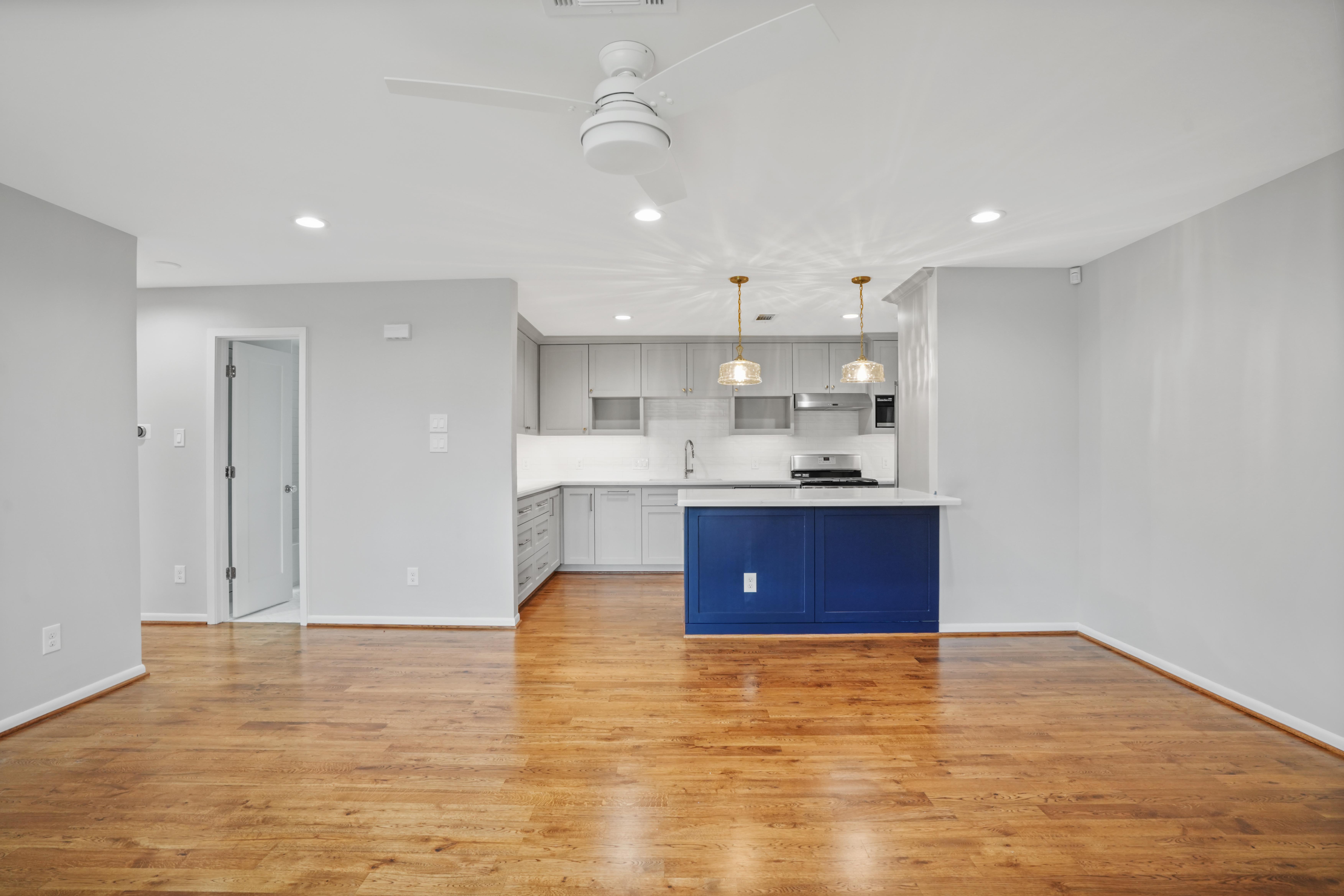
October 10, 2025
How Long Does It Really Take to Build a Custom Home? A Step-by-Step TimelineTired of vague answers about build timelines? Get a clear picture of what a 10–14 month construction schedule really looks like—from design to drywall to move-in. We break down each phase with realistic expectations based on Houston’s weather, permitting, and trade availability.
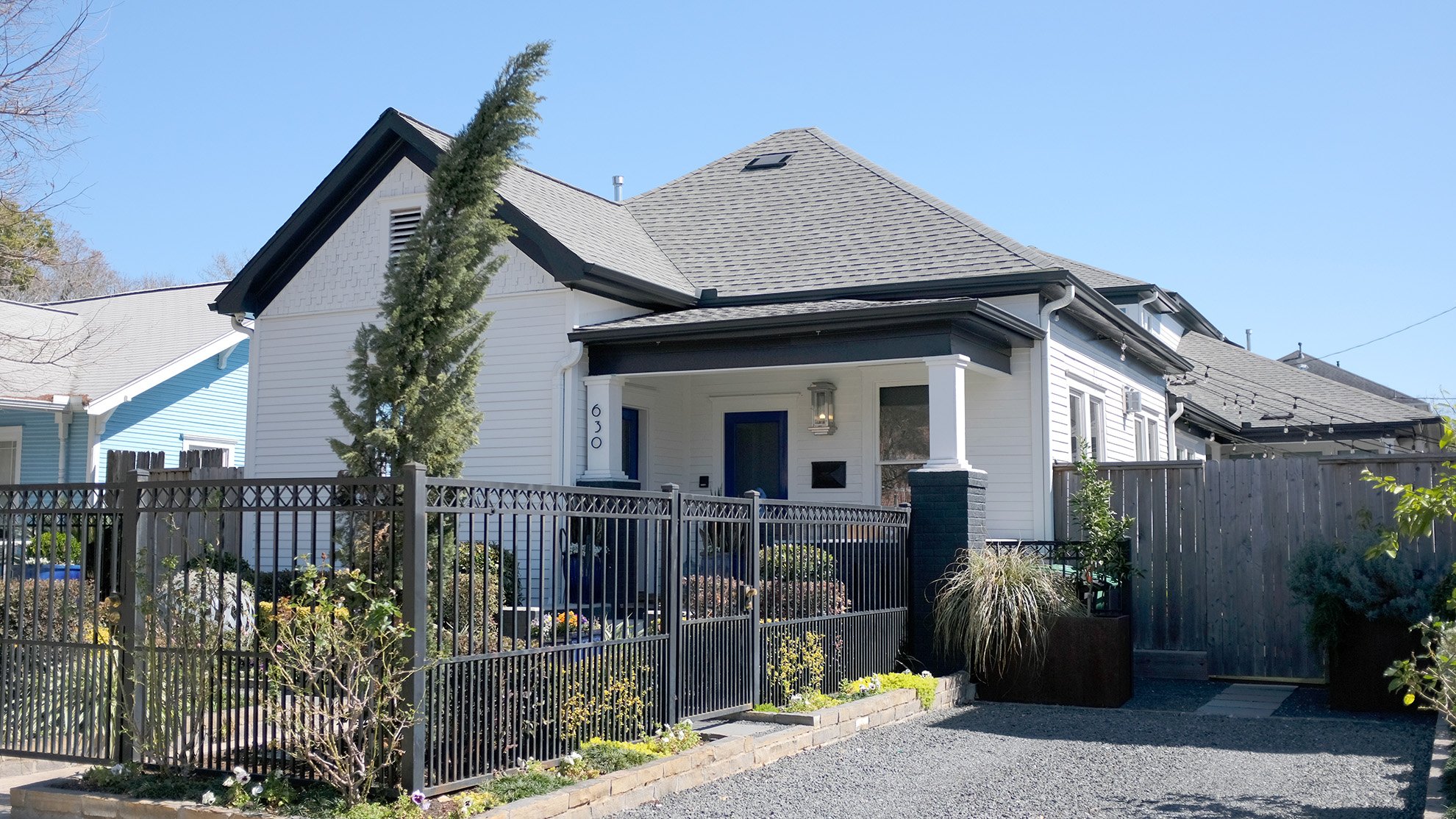
October 8, 2025
The 4 Habits of Every Great Home-Building Client (and Why Builders Love Working With Them)Want to be every builder’s favorite client? This article reveals the four habits that make custom home projects run effortlessly: clear communication, quick decisions, realistic budgeting, and trust in the process.
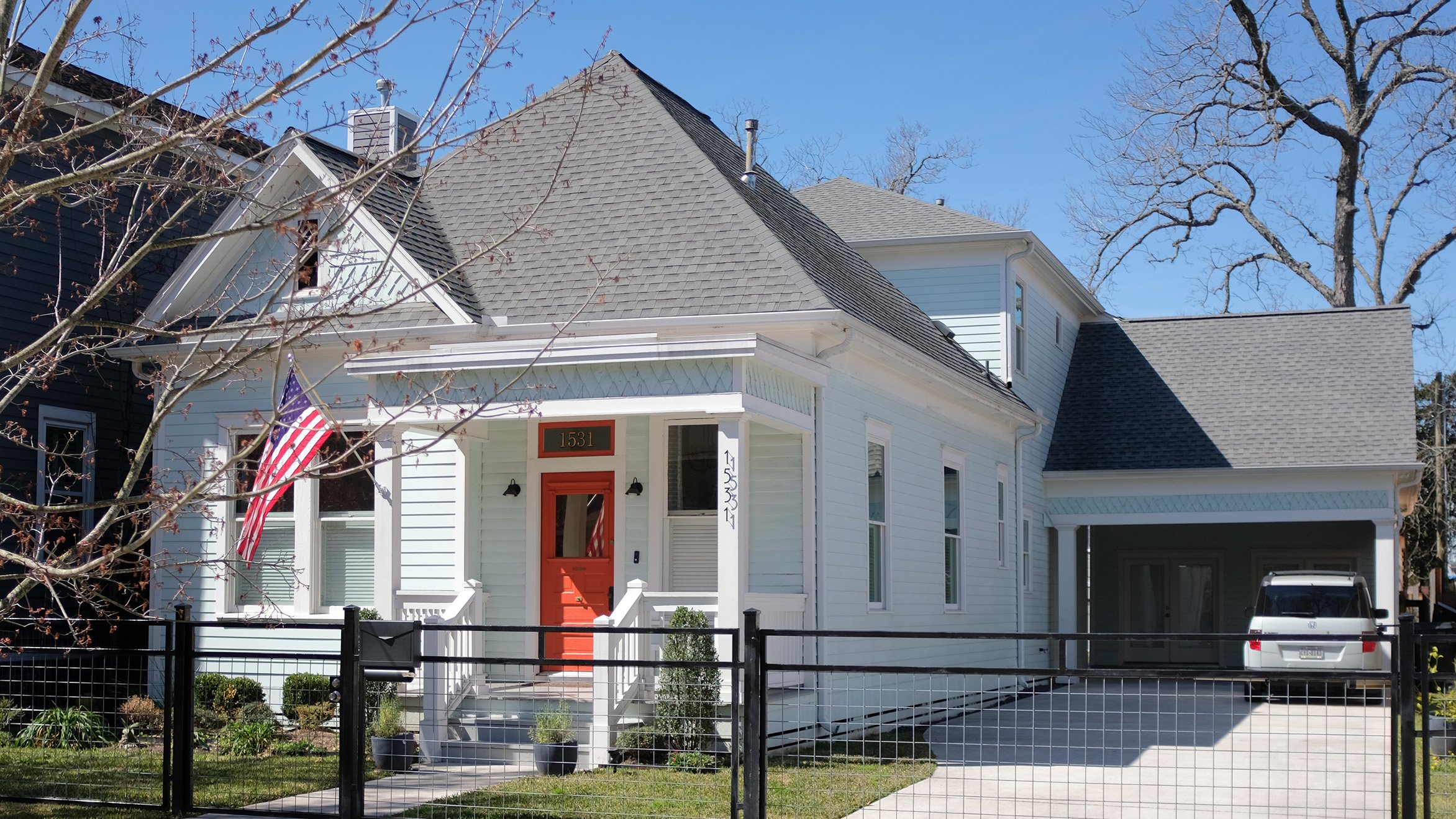
October 5, 2025
10 Hidden Delays That Can Derail Your Home Build—and How to Avoid Every OneDelays are the #1 frustration for homeowners—but most are preventable. From permitting hang-ups to late selections, this guide breaks down the ten most common causes of construction slowdowns and what you can do to avoid them.
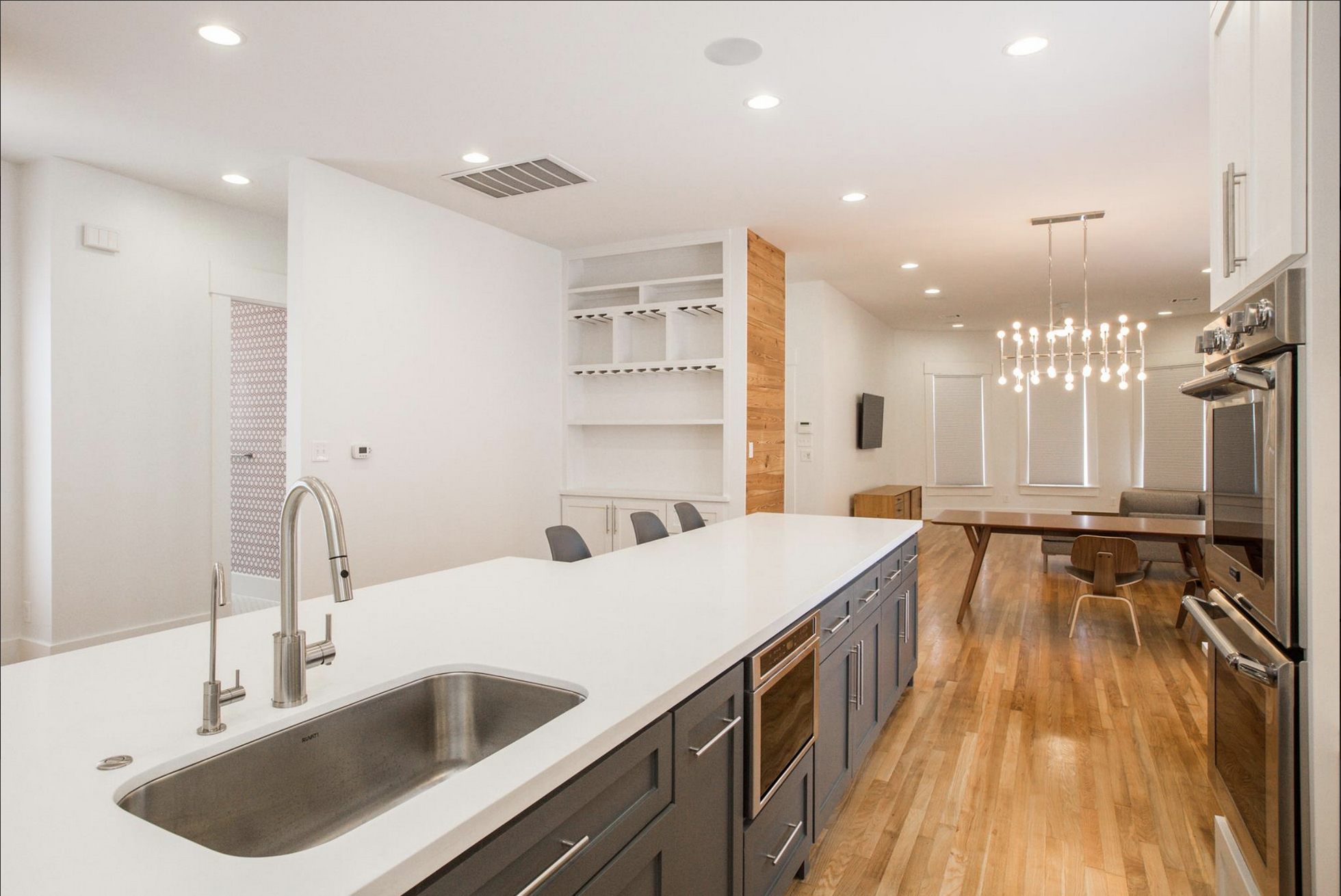
October 1, 2025
From Dirt to Doorstep: The 7 Stages of Building a Custom HomeBuilding your dream home is exciting—but without a roadmap, it can also feel overwhelming. Here’s what really happens from the first sketch to move-in day, and how to prepare for each step.
Contact us today
Let's Build Your Dream Home
Contact us today for a personalized consultation and discover how we can transform your space.
